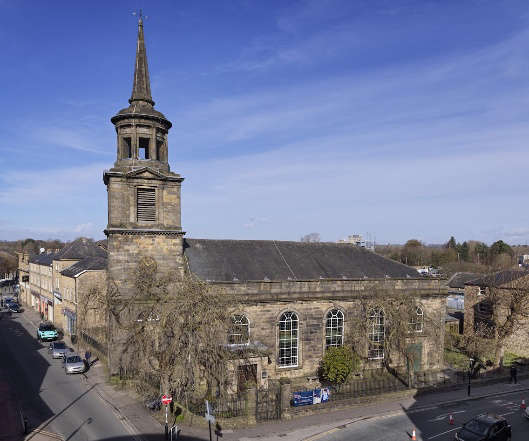
Vital roof repairs at a Lancaster city centre church have been completed and plans have been announced for its future as an "event space and tourism hub".
The work at St John's Church - which is no longer used for regular worship - has been completed after a £574,000 grant from Historic England
The project has made the Grade II* listed building watertight while delivering training for people seeking careers in heritage building skills.
The Churches Conservation Trust now wants to restore St John's role as a vibrant community hub, beginning with small, stewarded visits, eventually hoping to function as both an event space and tourism hub.
This follows new research by Historic England that revealed strong public support for preserving historic churches, even among those who do not regularly attend services or identify as religious.
The church had been closed and underused since flooding in late 2015 and subsequent outbreaks of wet and dry rot.
Last summer, 21 trainees took part in Historic England's Heritage Building Skills Summer School in the local area, with 17 working on-site at St John's.
The programme delivered 2,224 training hours across six specialist areas including hot lime mixing, slate roofing, stonemasonry, joinery, plastering, and mud masonry.
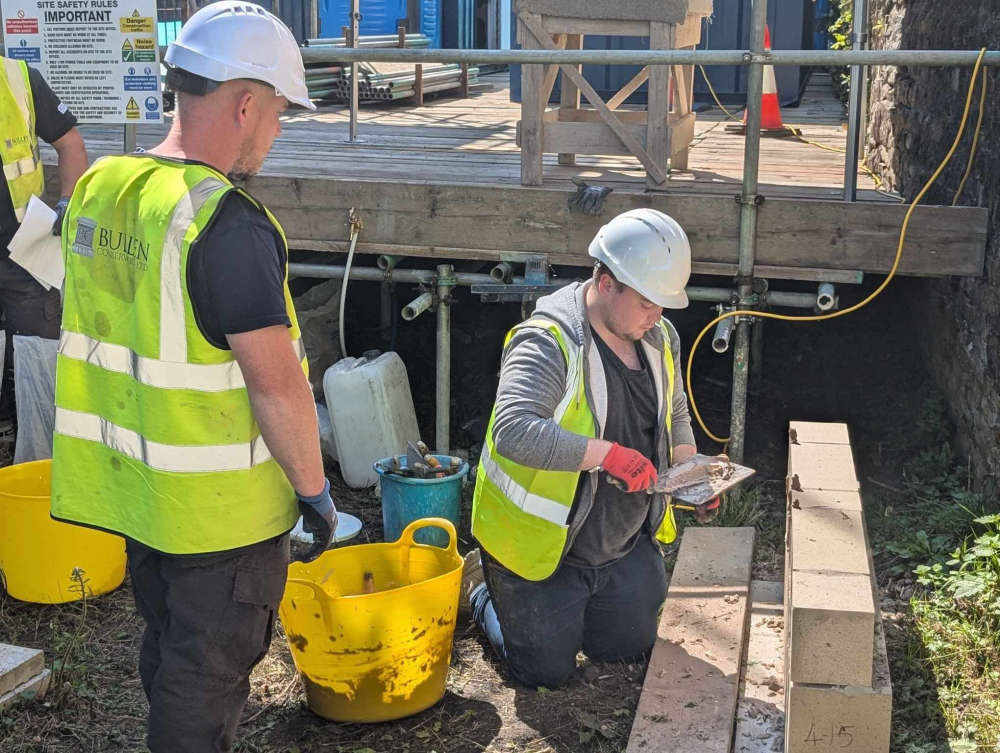
Trainees reported a significant increase in confidence levels, with 13 achieving Level 3 awards in Repair and Maintenance of Traditional buildings and eight gaining qualifications in Energy Efficiency of Traditional buildings.
"The success at St John's addresses critical skills shortages identified by Historic England research, with several traditional crafts at risk of dying out, with particular concern about shortfalls in crafts such as flint knapping, gauged brickwork, stained glass making, and slating," said a spokesperson for Historic England.
"The project, delivered in partnership with Bullen Conservation and Lancaster and Morecambe College, demonstrates how heritage property owners and contractors can contribute to skills preservation whilst addressing essential conservation work."
Historic England is now encouraging other heritage property owners and conservation contractors to consider similar onsite training opportunities.
With the building now safe from further water damage, the trust aims to grow the volunteer group supporting the church's ongoing conservation, ultimately aiming to see the building open five days a week.
A spokesperson said that improvements to the church facilities, such as reinstating the toilet and kitchen, will enhance the building's usability for community events and visitors.
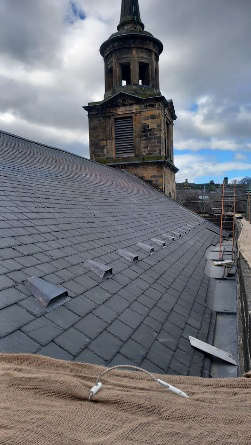
They said the goal is for St John’s to function "as both an event space and tourism hub at the heart of the area, which was recently improved under Lancaster’s Historic England-sponsored High Street Heritage Action Zone and the Lancaster Conservation Area".
New research by Historic England showed that people are not only willing to pay to protect these buildings, but they place significantly greater value on historic churches than on comparable modern ones.
"Now that St John's is dry as a result of the roof repairs, the smell of damp has disappeared," said Anthony Wilder from the Churches Conservation Trust.
"We're looking forward to welcoming back increasing numbers of local people and visitors as further improvements create opportunities for the enjoyment and use of this remarkable Lancaster landmark."
Florence Salberter from Historic England said: "The success of the works at St John's demonstrates exactly what can be achieved when heritage conservation and skills training come together.
"This isn't just about repairing one beautiful building - it's about safeguarding the future of the essential skills needed to maintain and restore much-loved historic places across the country.”
St John's dates from the 1750s. Storm Desmond flooding in 2015 caused significant structural damage including dry and wet rot outbreaks.
The Churches Conservation Trust manages historic churches no longer needed for regular worship.
Historic England are the public body that protects and brings life to the heritage that matters to people, so it lives on and is loved for longer.


 Praise for Lancaster and Morecambe youngsters who took part in 'tongue movement' project
Praise for Lancaster and Morecambe youngsters who took part in 'tongue movement' project
 Clinic where students offer free legal advice to reopen at Lancaster University
Clinic where students offer free legal advice to reopen at Lancaster University
 Lines reopen after train derailment on Scotland-London line
Lines reopen after train derailment on Scotland-London line
 Police arrest two and seize illegal bike in Morecambe
Police arrest two and seize illegal bike in Morecambe
 ITV commissions sixth series of Morecambe crime drama The Bay
ITV commissions sixth series of Morecambe crime drama The Bay
 E-bike shop moves from Lancaster to new Carnforth showroom
E-bike shop moves from Lancaster to new Carnforth showroom
 Lancaster workshop to tackle the issue of drink and needle spiking
Lancaster workshop to tackle the issue of drink and needle spiking
 Morecambe raw feeds shop up for three 'Animal Star' awards
Morecambe raw feeds shop up for three 'Animal Star' awards
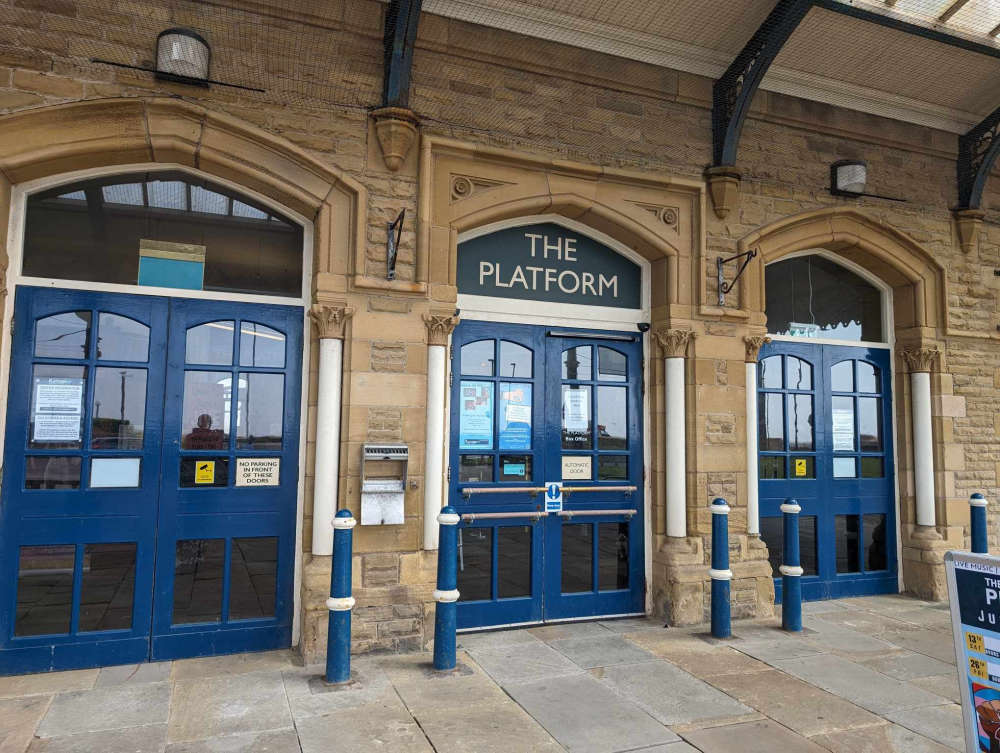 Two new festivals proposed for Morecambe entertainment venue the Platform
Two new festivals proposed for Morecambe entertainment venue the Platform
 Second day of disruption as work continues after train derails in Cumbria
Second day of disruption as work continues after train derails in Cumbria
 Morecambe lifeboat crew’s swift response rescues swimmer ‘being swept dangerously out to sea’
Morecambe lifeboat crew’s swift response rescues swimmer ‘being swept dangerously out to sea’
 'Street Meets' announced to answer your questions amid new wheelie bin roll-out
'Street Meets' announced to answer your questions amid new wheelie bin roll-out
 Campaign group welcomes new "life changing" bus service to Morecambe
Campaign group welcomes new "life changing" bus service to Morecambe
 Lancaster prison worker jailed for drug offences
Lancaster prison worker jailed for drug offences
 Major disruption as train derails on West Coast Main Line
Major disruption as train derails on West Coast Main Line
 Talks begin for events to mark Eric Morecambe's 100th birthday
Talks begin for events to mark Eric Morecambe's 100th birthday
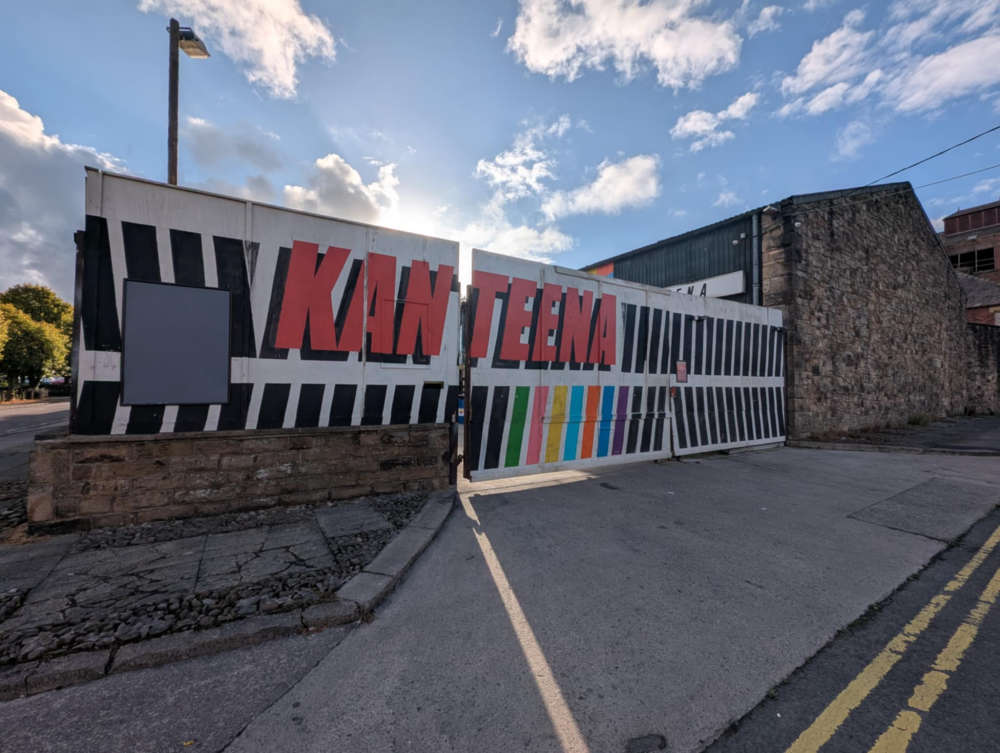 Lancaster music venue due to shut will now stay open "well into 2026"
Lancaster music venue due to shut will now stay open "well into 2026"
 Halloween What's On Guide
Halloween What's On Guide
 LISTEN: Launch of new group in Morecambe to help with gambling addiction
LISTEN: Launch of new group in Morecambe to help with gambling addiction
 LISTEN: New centre for people with disabilities to open in historic Lancaster location
LISTEN: New centre for people with disabilities to open in historic Lancaster location








